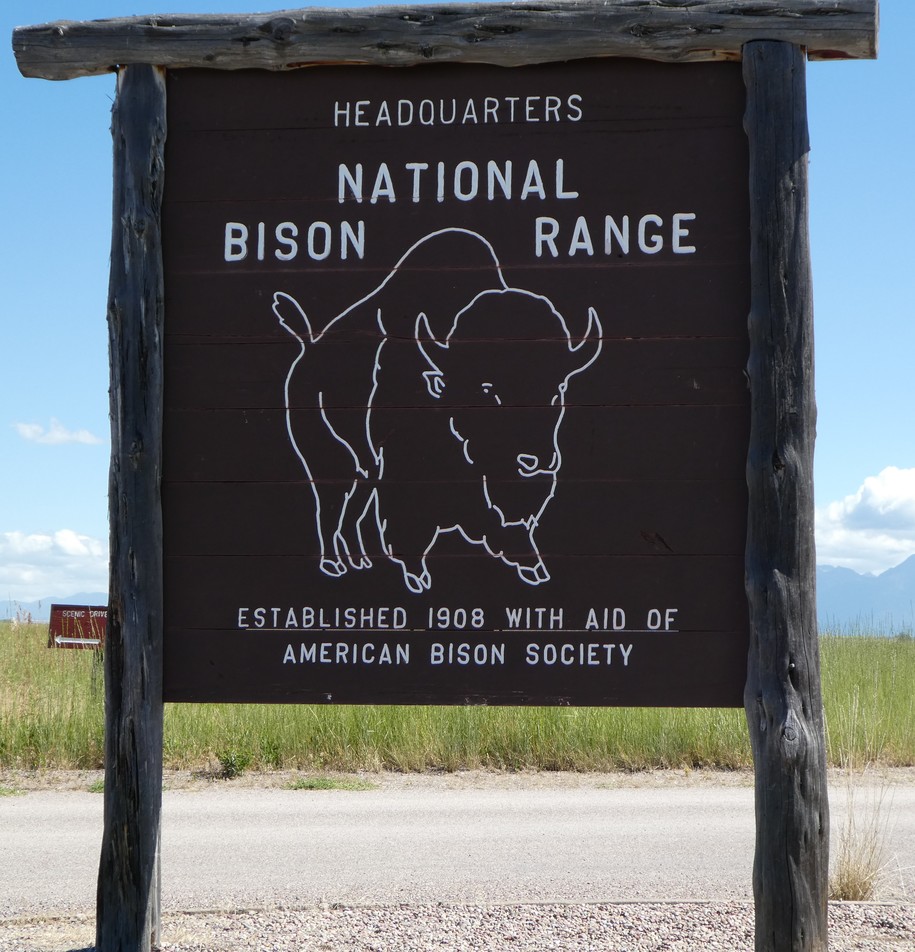
For the Plains Indians, the buffalo (technically bison) was more than an important source of food, shelter, and clothing: the buffalo was also an important spiritual and cultural symbol. At the beginning of the nineteenth century there were an estimated 30 million buffalo roaming the Great Plains. A century later, in 1900, the buffalo had become an endangered species. At this time there were only 500 buffalo left.
Toward the end of the nineteenth century, a number of people, both Indian and non-Indian, were concerned about saving the buffalo. In 1874, Congress voted overwhelmingly to stop the slaughter of the buffalo on the plains, but the bill was pocket vetoed by President Ulysses S. Grant. There are conflicting theories about what Grant actually did with the bill. Some historians feel that he received the bill and then put the document into a pigeonhole for its India ink to become a rich brown before it was seen again. There are others who feel that he used it for lighting his cigar.
While zoologists and Congressmen were lamenting the passing of the buffalo, there were a few Indians and others who were trying to do something to save the Buffalo People. In 1871, Walking Coyote, a Pend d’Oreille from the Flathead Reservation in western Montana, killed his wife—some say he killed her because of the furies in his head—and then fled across the Rocky Mountains to the Blackfoot. While living among the Blackfoot he took a Blackfoot wife, but he still found that he missed the mountains of the Mission Valley. Noticing his deep melancholy, some of the Blackfoot suggested that he might capture a few buffalo and take them back to the Flathead Reservation as a kind of peace offering. Since there were no buffalo on the Flathead Reservation, he might be forgiven for his crime and welcomed home as a hero. Walking Coyote returned to the Flathead Reservation in 1872 , bringing some buffalo calves with him to start his own herd.
The following year a man known as Samuel Welles or Indian Sam brought four buffalo calves from the Plains area across the Rockies to the Flathead Reservation.
Charles Allard and Michael Pablo started their own buffalo herd in 1884 with animals purchased from Walking Coyote. They later added some additional buffalo which had been raised with cattle. When Charles Allard died in 1896, the buffalo herd was broken up. Michael Pablo retained 150 head.
Raising buffalo on the Flathead Reservation was not encouraged by the government. In 1900, 27 buffalo from the Allard-Pablo herd were purchased by banker and entrepreneur Charles Conrad. Conrad, who had a Blackfoot wife and family in addition to his non-Indian wife and family, purchased the herd because he felt that the buffalo were near extinction and wanted to support the propagation and perpetuation of the species.
President Theodore Roosevelt established the National Bison Range near Moise, Montana on the Flathead Reservation in 1908. The mission of the National Bison Range is to provide a representative herd of buffalo, in natural conditions, to help ensure the preservation of the species for the public benefit and enjoyment. While the Bureau of Indian Affairs discouraged buffalo on the reservation, it freely gave up reservation land for the new Bison Range. As usual, the Indians were not consulted in this transaction.
The following year, 34 buffalo from the Conrad herd (which had been the Allard-Pablo herd on the Flathead Reservation) were purchased by the American Bison Society and placed on the National Bison Range. Thus, the buffalo which had been discouraged by the Bureau of Indian Affairs came home to the Flathead Reservation.
By 2003, the American government was interested in getting out of the business of government through a process known as privatization. At this time, the Confederated Salish and Kootenai tribes of the Flathead Reservation once again expressed their desire to manage the National Bison Range at Moise. Under the 1976 Indian Self-Determination Act the tribe could assume management of federal programs within the reservation. While the tribe had successfully assumed management of other programs, the Department of the Interior had been reluctant to give up management of the National Bison Range. The Fish and Wildlife Service had managed the Range as a wildlife refuge. In 2004, the tribes signed an agreement with the U.S. Fish and Wildlife Service to assume management functions at the National Bison Range Complex. The tribes were to take over the responsibility for five activities: administration; the biological program, including habitat management; fire control; maintenance; and visitor services. Ownership and overall management authority was to remain with the U.S. Fish and Wildlife Service.
More Public Lands
Public lands come in many forms—from small city parks to large national wilderness areas. Public lands are public and that irritates many conservative Republicans who seem to feel that public lands should be privatized or at least developed by corporations. Here are some of the photo diaries from the Public Lands series:
Public Lands: A Dam Day Use Area (Photo Diary)
Public Lands: The Swan River Nature Trail (Photo Diary)
Public Lands: A Small Urban Park (Photo Diary)
Public Lands: The Columbia Riverfront Trail (Photo Diary)
Public Lands: Oregon Beaches (Photo Diary)
Public Lands: Sunset Bay State Park (Photo Diary)
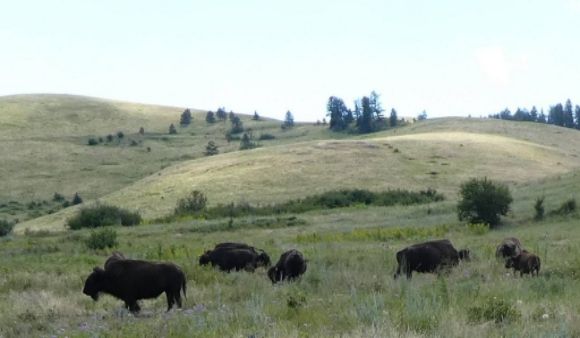
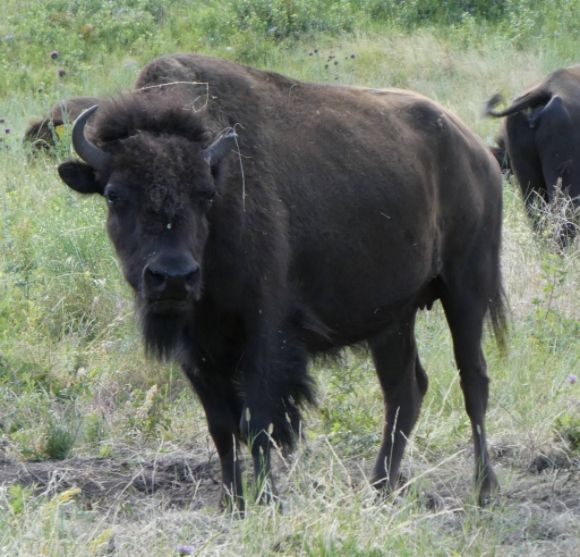




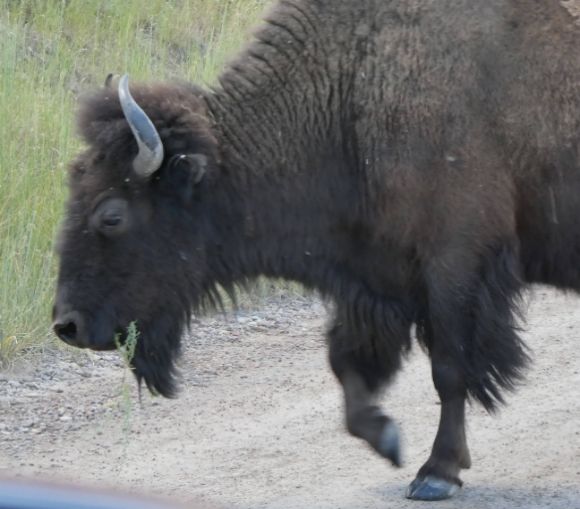
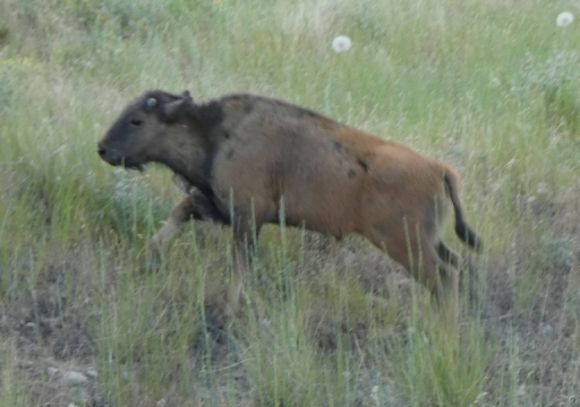

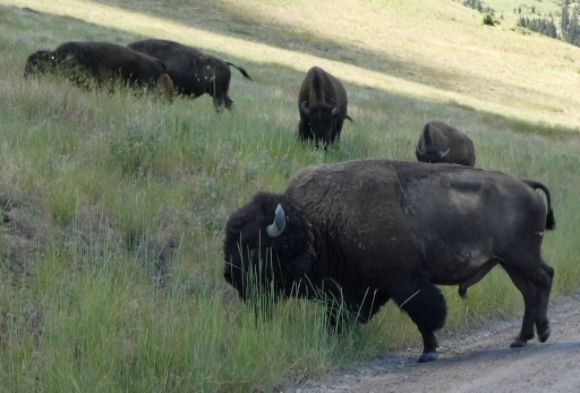

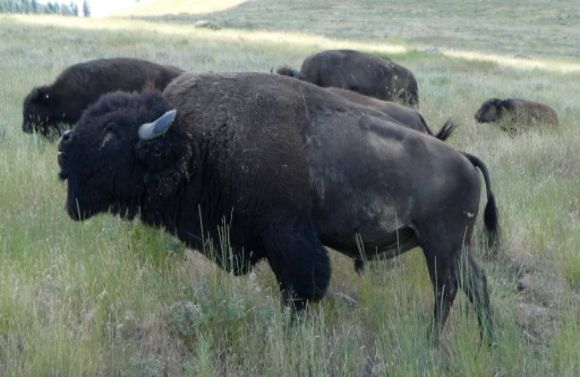
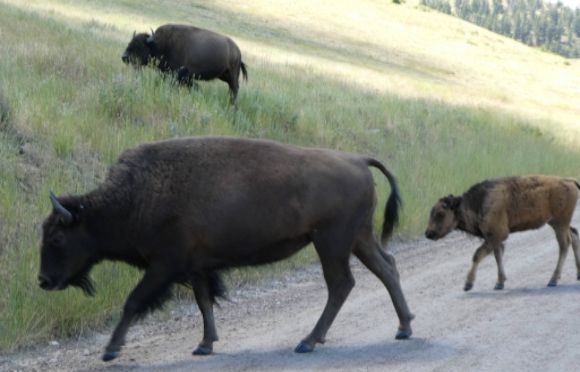
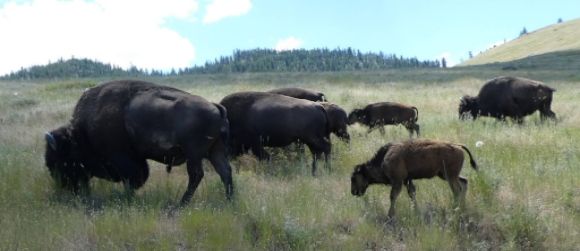
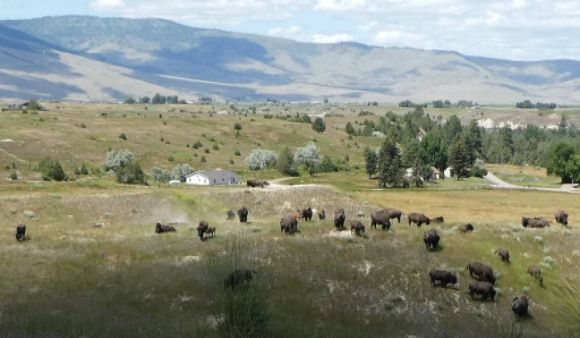
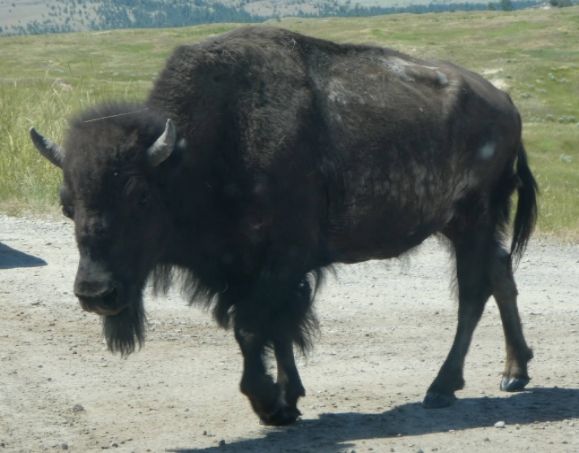

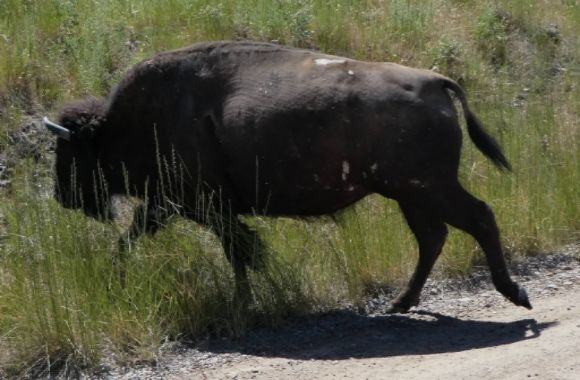
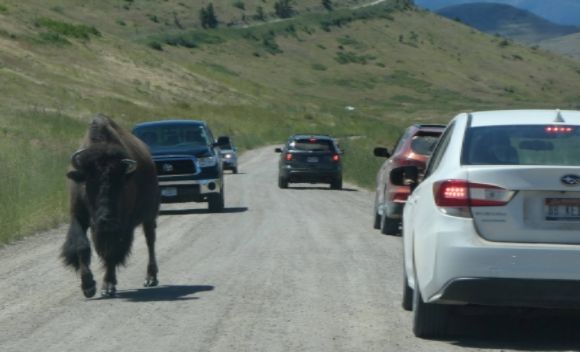
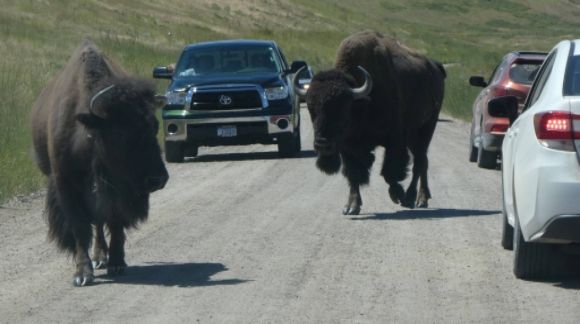

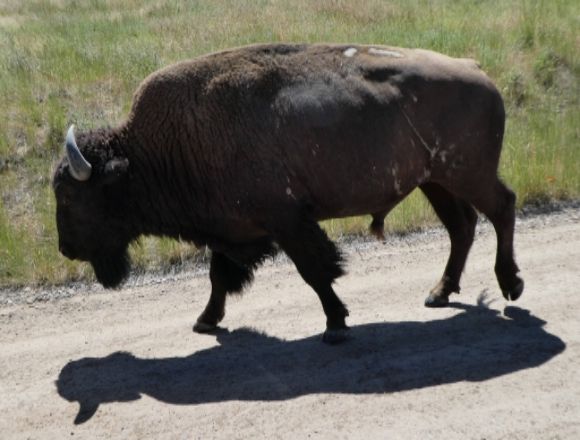
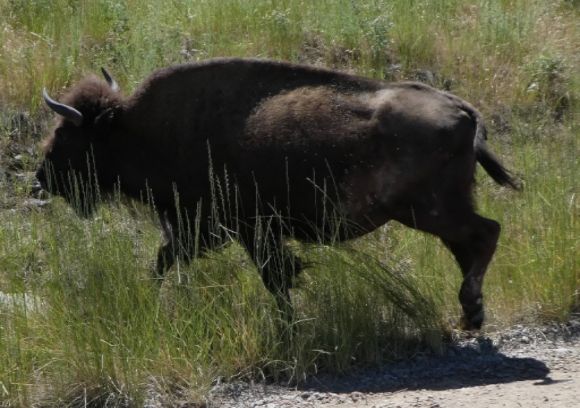

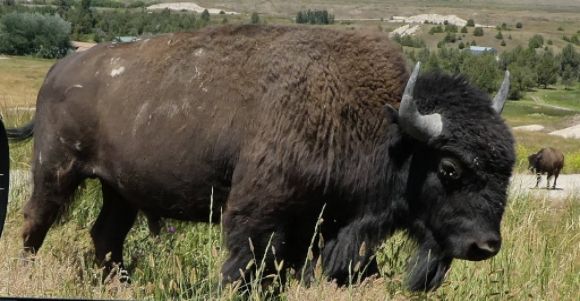
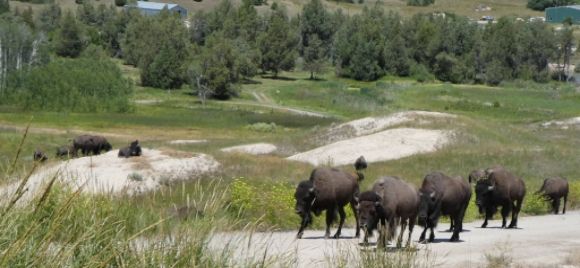

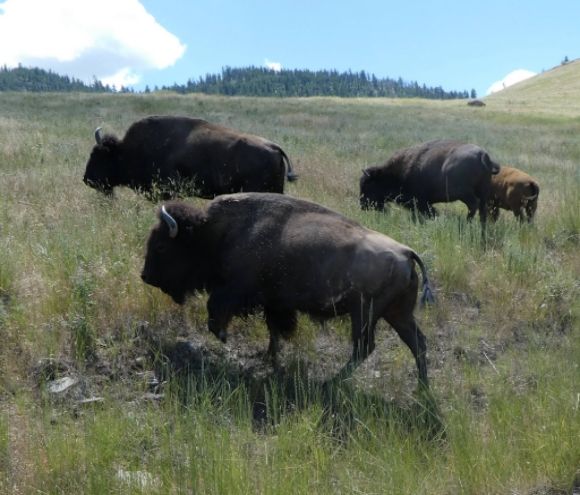

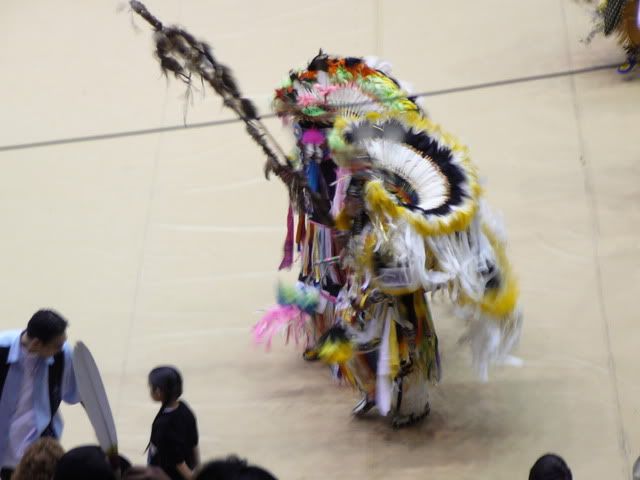
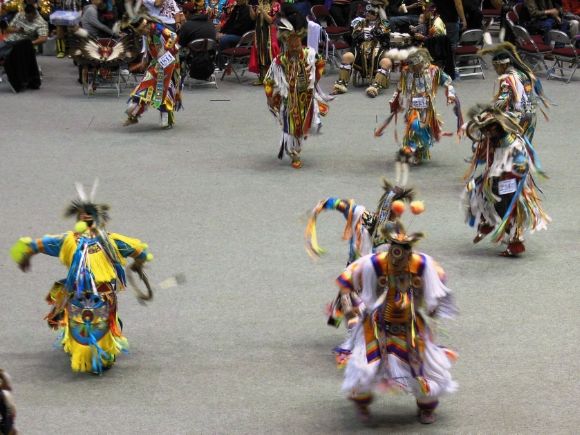
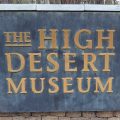

Leave a Reply